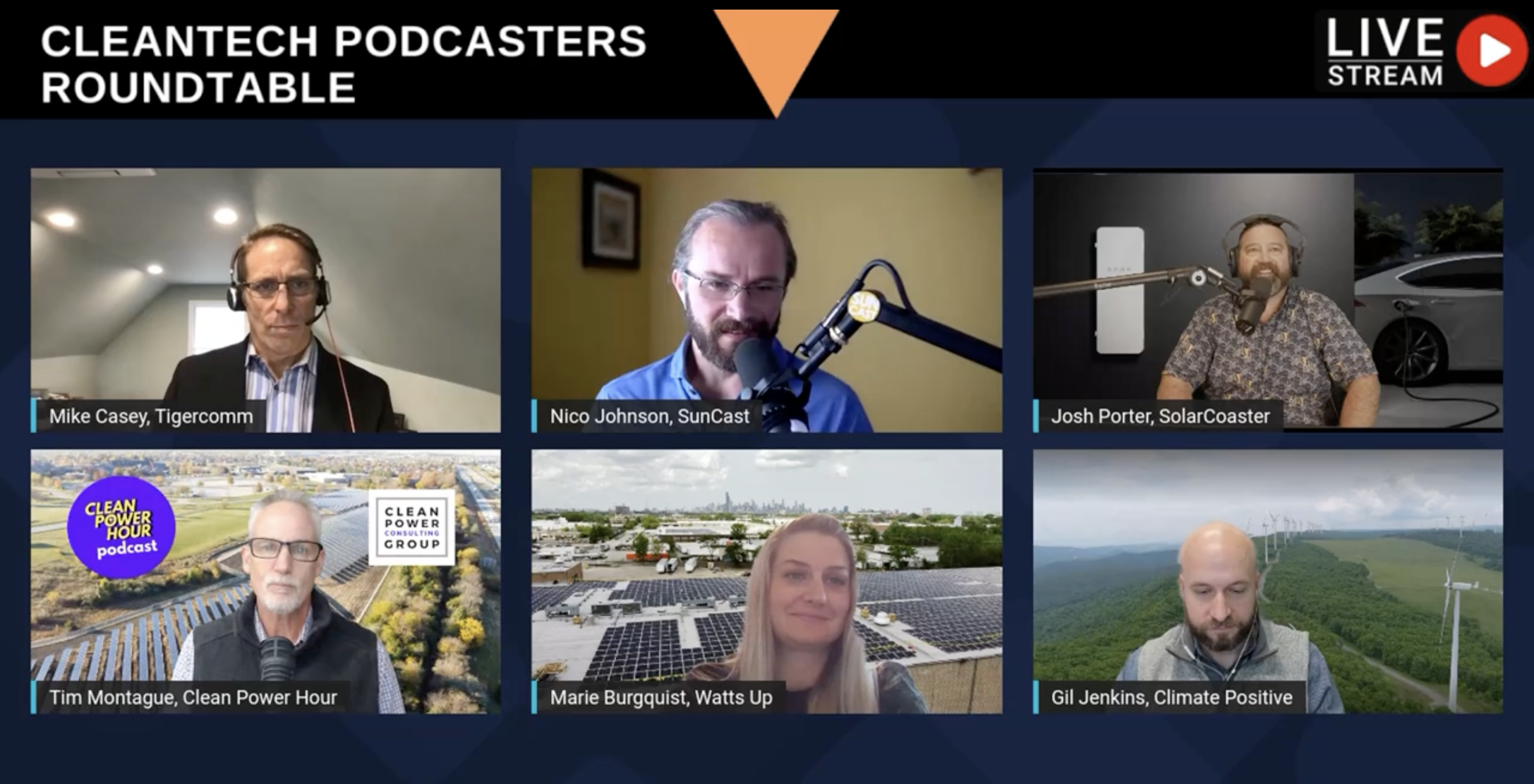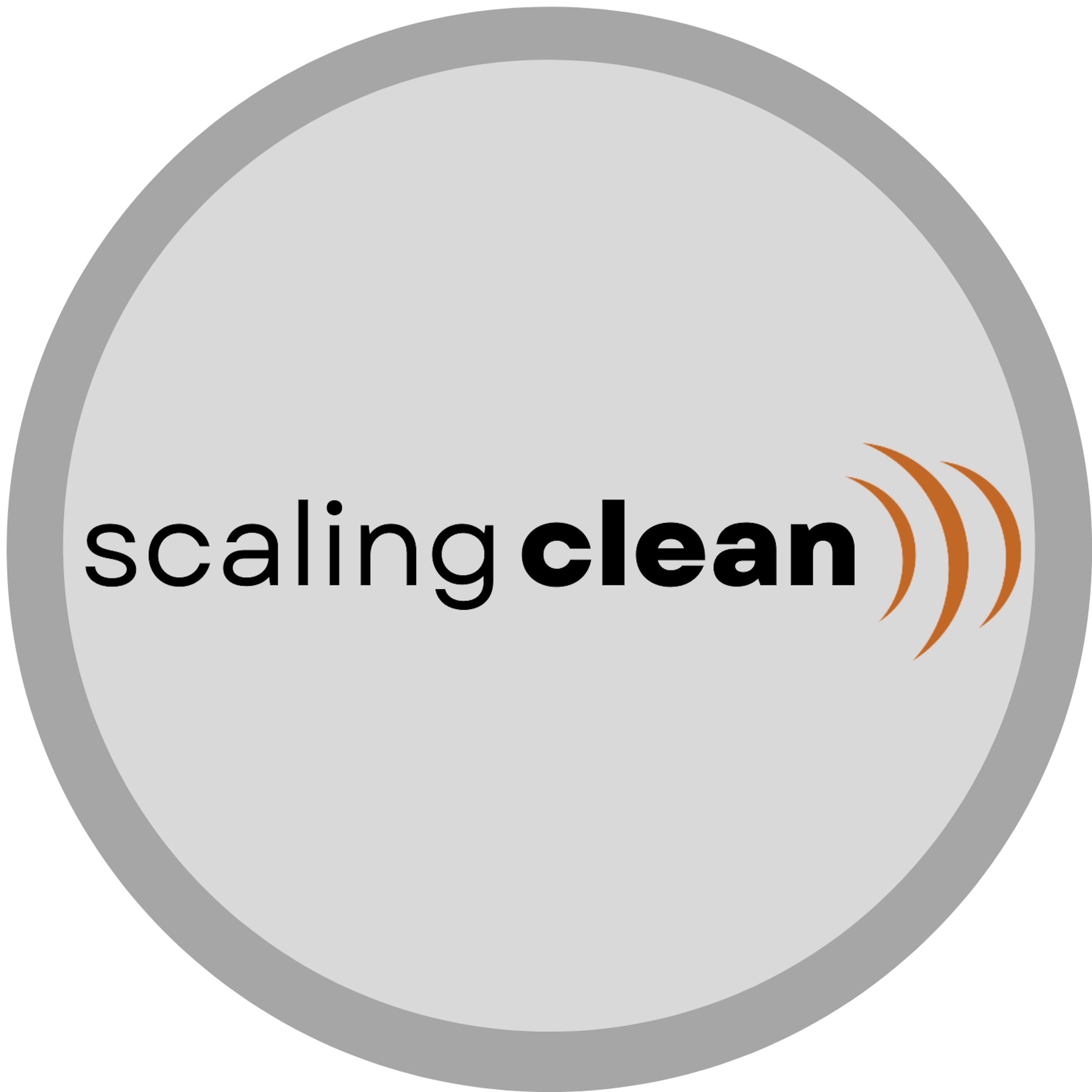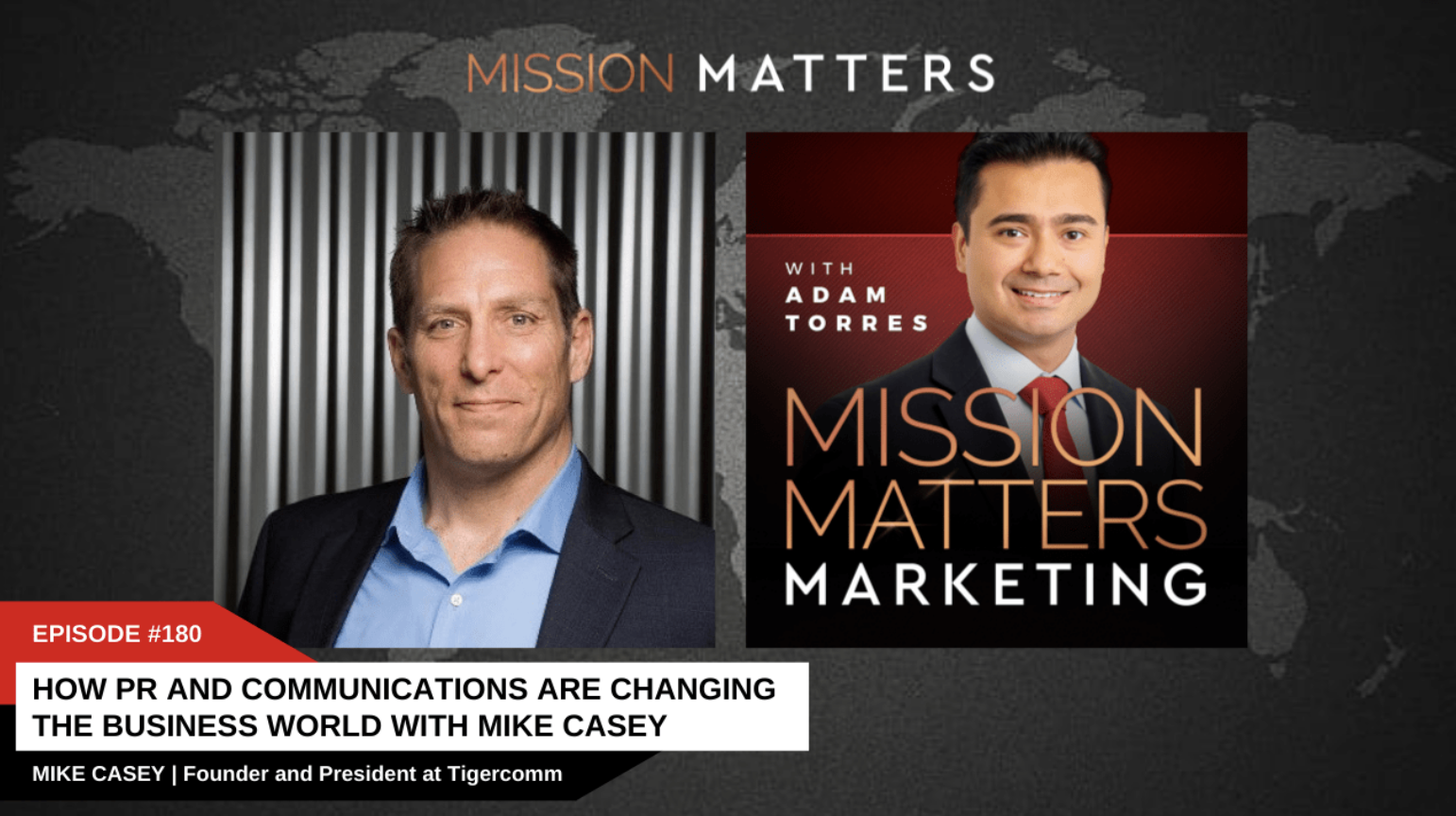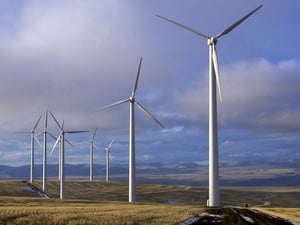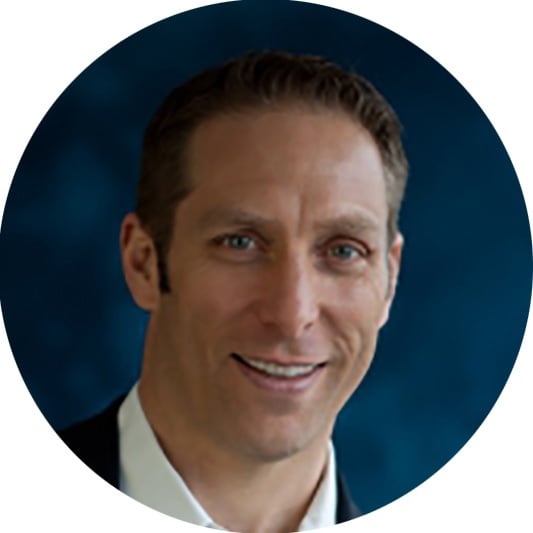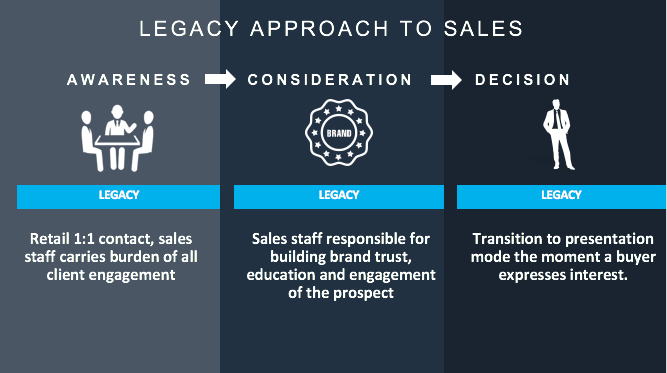Insights
Clean Energy Blog by Tigercomm
Expert Insights & Tips
We’re honored to be named among The Manifest’s most recommended B2B leaders in D.C. For 17 years, we’ve served some of the top clean economy companies who are...
Continue ReadingThe traditional, conventional wisdom in business marketing is to ignore competitors. “Don’t give them oxygen.” But that’s wrong, according to Duke University...
Continue ReadingB2B Purchase Decisions In Cleantech And The Digital-Social Criticality Scale
Across clean economy sectors, the sales and marketing teams we talk to share a...
Continue ReadingEpisode 4 of our quarterly podcast roundtable is on the books — Nico Johnson and I had a great conversation with Marie Burgquist, Gil Jenkins, Tim Montague and
Continue ReadingHello cleantechers!
I'm announcing today that Tigercomm’s launching: “Scaling Clean, the podcast for clean economy CEOs, investors & the people who advise...
Continue ReadingThis article was updated in March 2022 to reflect industry changes.
Why Should Cleantech Companies Invest In Social Media?
Spoiler alert: We’ve found that...
Continue ReadingNote: This article was refreshed in March 2022 to reflect the current state of the cleantech industry.
What do your customers buy, really? Is it your product?...
Continue ReadingOperating Wind and Solar Farms Might Be Cleantech’s Most Underutilized Public Affairs Tool
We recently teamed up with our friends at Conservatives for a Clean Energy Future and the folks at Embold Research to do something untried: use cutting-edge...
Continue ReadingIt was fun to talk with Adam Torres of Mission Matters Media about how public relations is both serving and changing the way businesses interact with consumers.
Continue ReadingHere’s the Latest on Offshore Renewable Energy Development Plans - Global Wind Capacity is Set to Double by 2027
This article was updated in January 2021 to reflect the most recent industry updates.
A lot is going on in the booming wind power industry these days. ...
This article was updated in January 2021 to reflect the most recent industry updates.
One of the great things about my job is talking to cleantech companies...
Continue ReadingThis article was updated in January 2021 to reflect the most recent industry updates.
One of the main challenges new clients bring to Tigercomm is how to...
Continue Reading
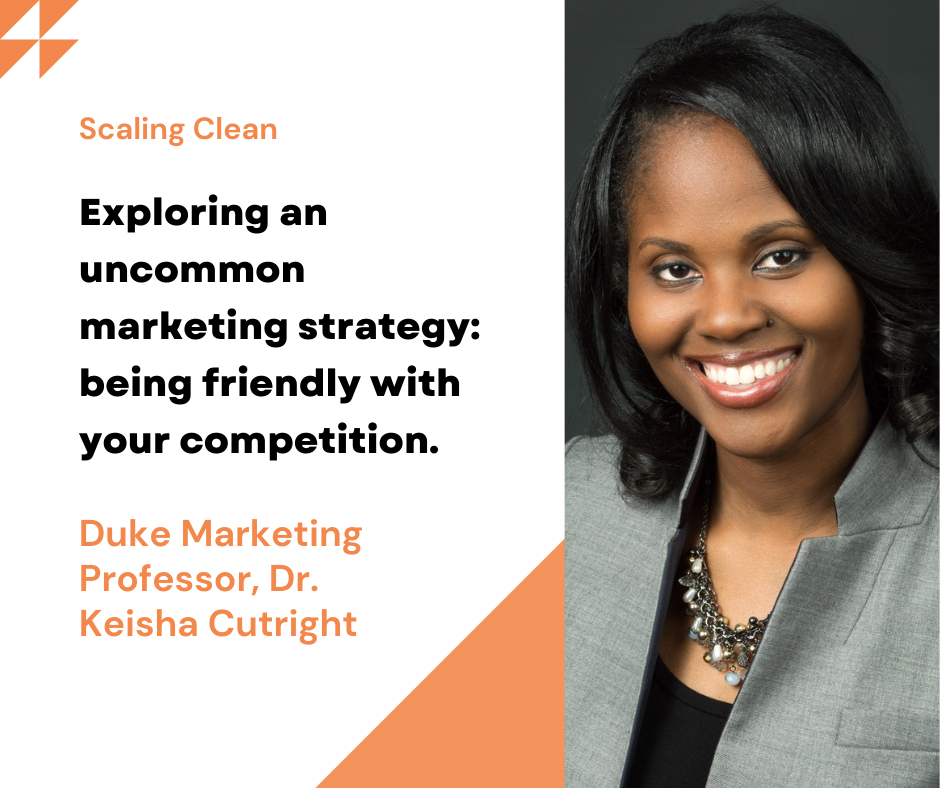
![Modern Cleantech Marketing Guide + [B2B Marketing Checklist]](https://www.tigercomm.us/hubfs/Screenshot%202022-03-08%20at%206-58-47%20PM-png.png)
